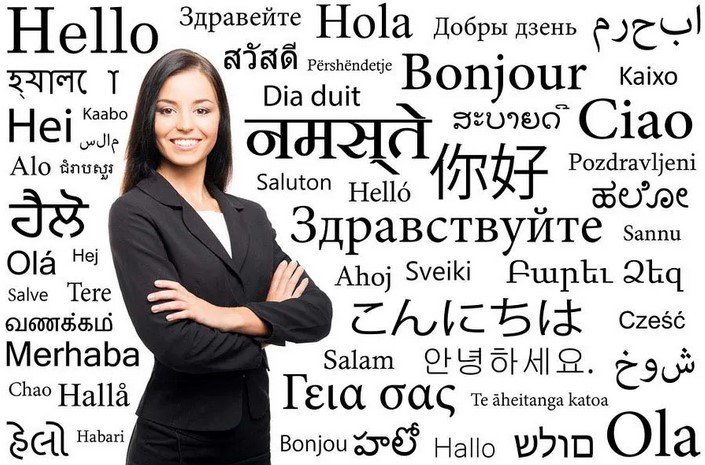Is English truly the global lingua franca for reaching everyone online? While it remains dominant in fields like international business, science, and aviation, its online role is less clear. English isn’t officially recognized as the universal online language—and it’s unlikely to become one. In fact, relying solely on English can limit your reach, creating a divide between internet users and those excluded by language barriers.
The Changing Landscape of Global Languages
Languages evolve, and the popularity of certain languages can shift over time. Historically, French was the lingua franca of European diplomacy, while Classical Chinese was widely used in East Asia. Today, these languages remain important, but the online space is far more diverse.
English currently connects users across the U.S., U.K., Europe, and parts of the southern hemisphere. Globally, English represents about 21% of the online population, while accounting for 36% of the total online spending power. While this percentage of spending power is significant, it only tells part of the story.
Is There a Universal Online Language?
After years of working on bilingual and multilingual localization projects, I’ve realized there isn’t a one-size-fits-all online language. It all depends on where your audience is located. The golden rule is simple: online users prefer engaging and buying in their native language.
How Many Languages Do You Really Need for Global Marketing?
To effectively reach 80% of the world’s online users, you’ll need to focus on 10–12 key languages. Here’s a breakdown of global language reach and their respective online spending power, based on recent data from the Common Sense Advisory group:
- Chinese: 22.7% reach / 6.1% spending power
- English: 21.6% reach / 36.3% spending power
- Japanese: 4.5% reach / 10.5% spending power
- German: 3.5% reach / 8.4% spending power
- Spanish: 9.0% reach / 7.8% spending power
- Portuguese: 3.7% reach / 2.5% spending power
- French: 3.1% reach / 6.2% spending power
- Arabic: 3.6% reach / 2.0% spending power
- Russian: 3.3% reach / 2.0% spending power
- Italian: 1.6% reach / 3.0% spending power
- Korean: 1.8% reach / 2.2% spending power
- Dutch: 0.9% reach / 2.3% spending power
It’s interesting to note that Japan, with only 4.5% of the world’s online users, commands nearly double the spending power of China, despite China having over 22% of the user base. This highlights that online presence doesn’t always correlate with spending power.
In Conclusion
For global marketing, starting with English and adding 2-3 additional languages based on your target audience’s demographics is a smart approach. This strategy allows you to test the waters, refine your campaign, and scale as needed.
At Voiceover.Café, we’re here to help you localize your message and connect with audiences around the globe. Let us speak your clients’ language—literally.
Get a localistion quote to check out our rates

